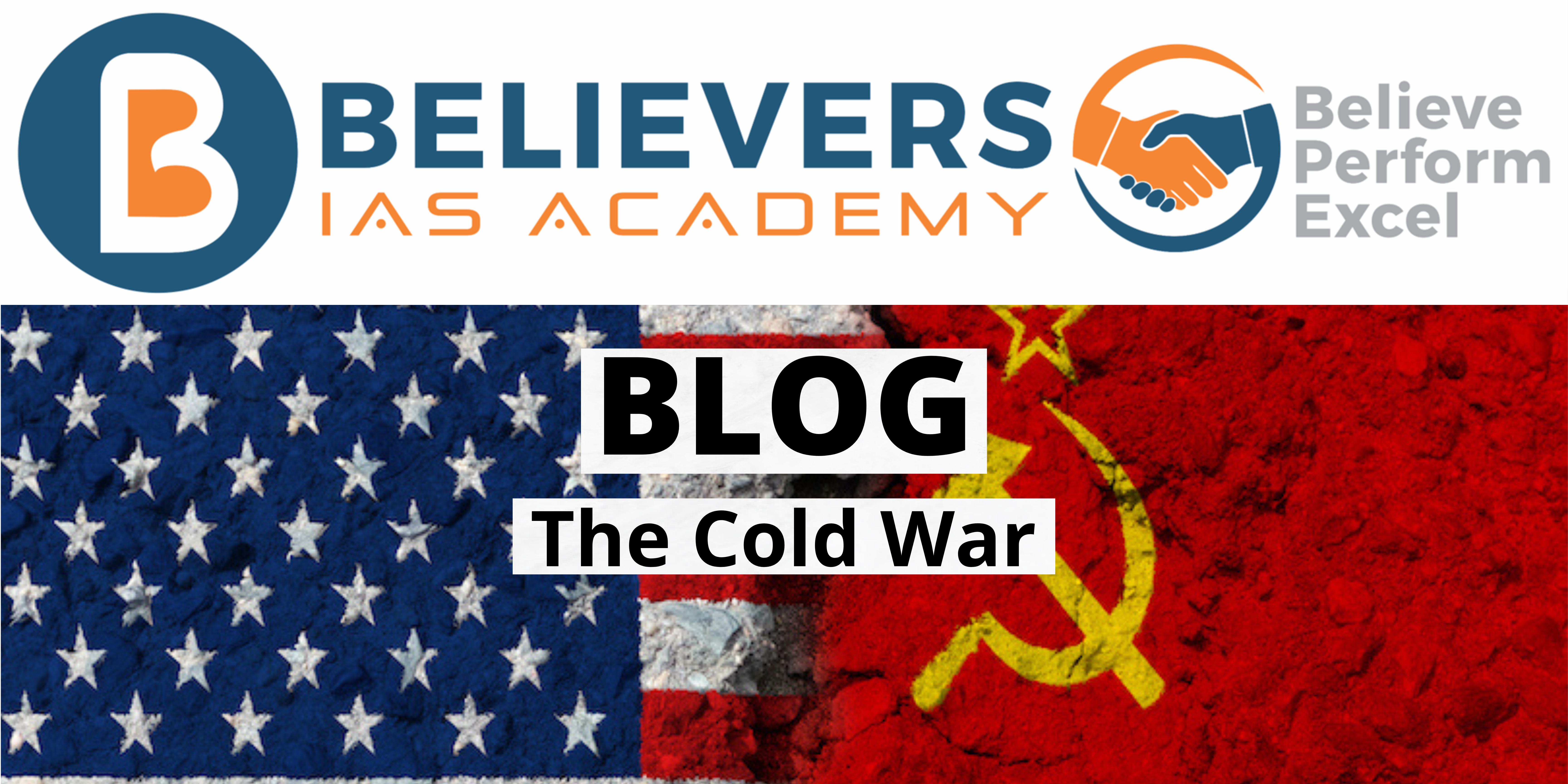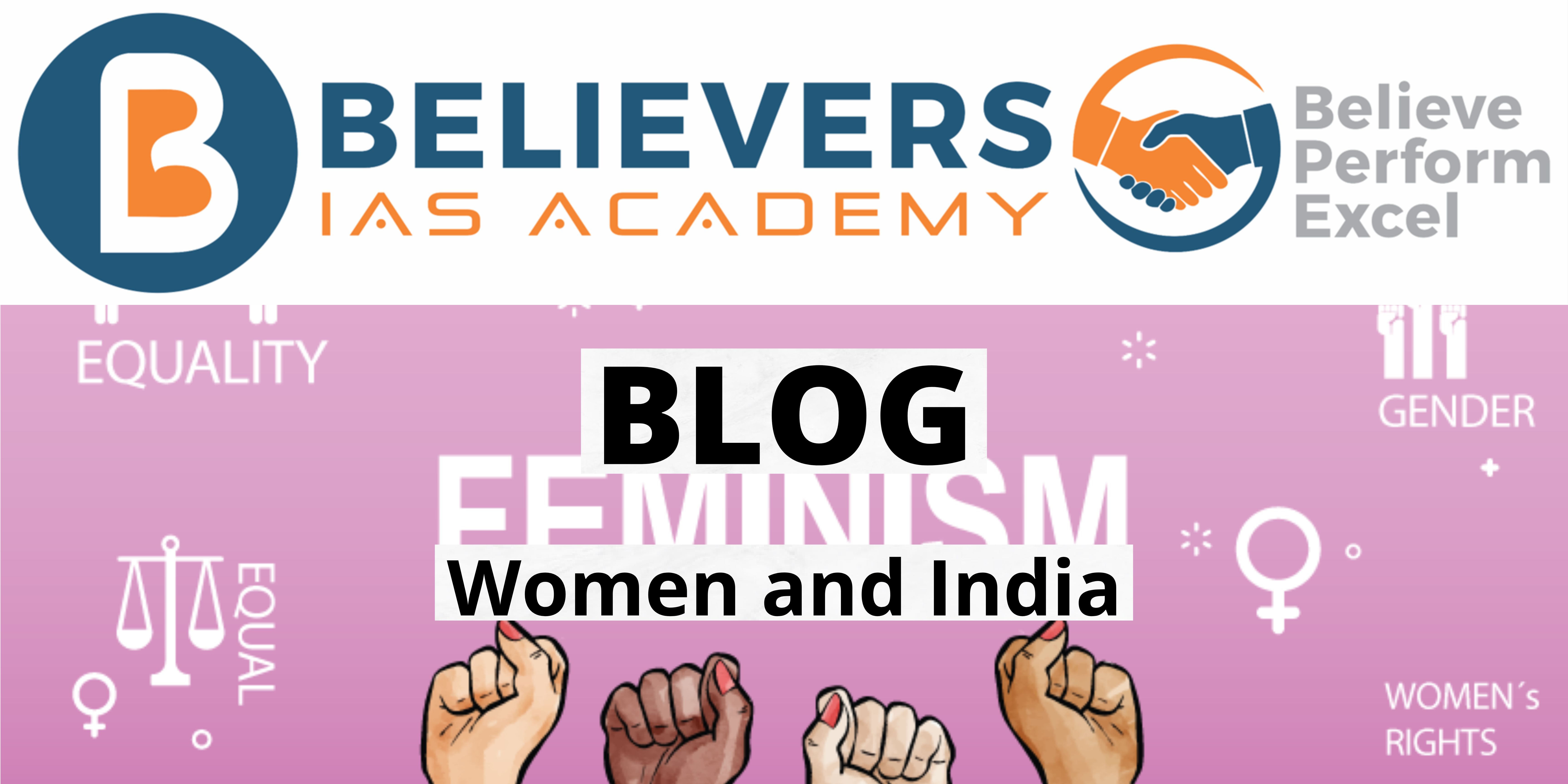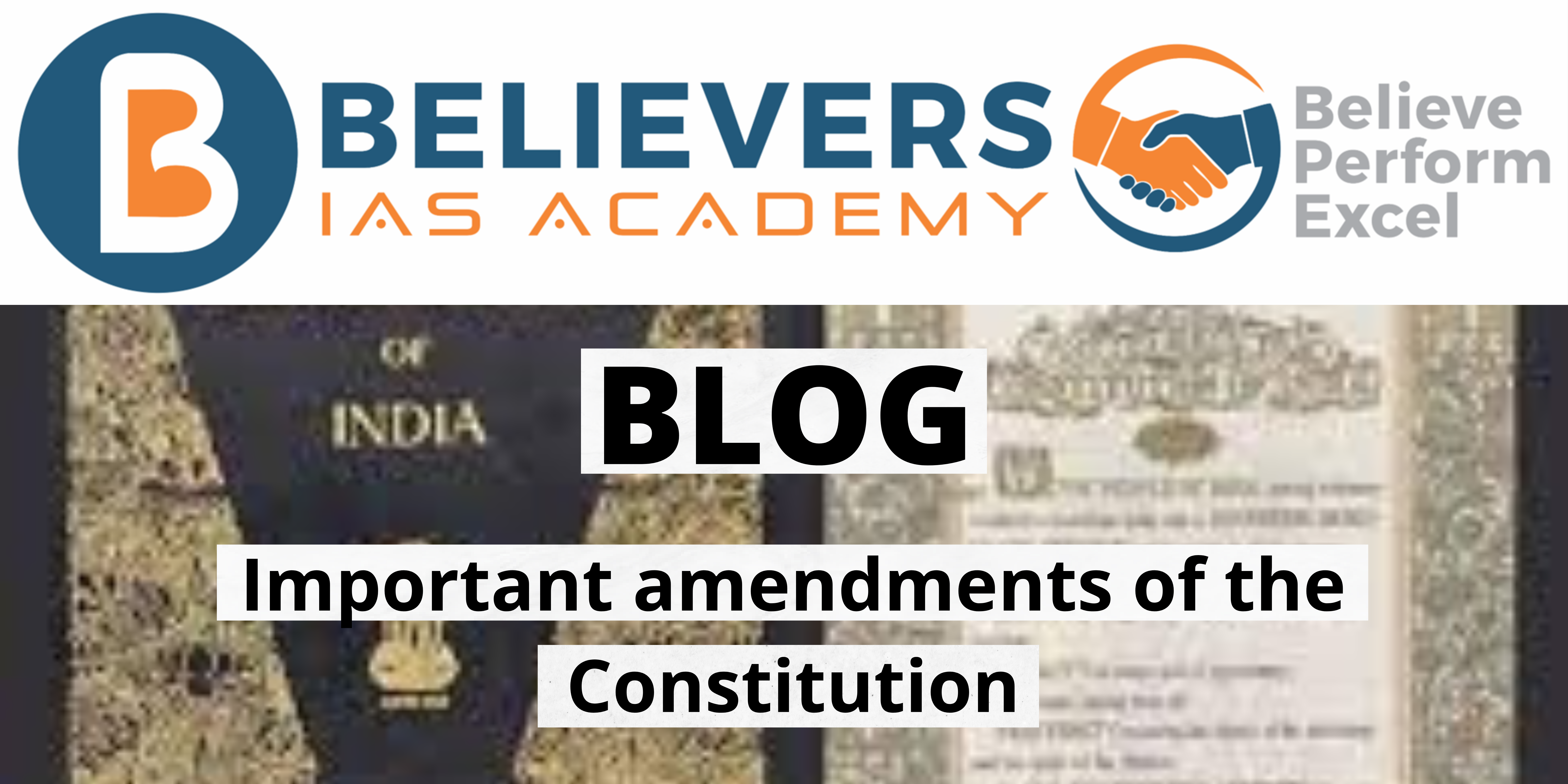The Cold War – Part 2
Part 2
The thaw in Cold War (1962-1979):
- The Cuban Missile Crisis caused both USA and USSR to reassess their rivalry and competition.
- USA especially was rather distracted due to the assassination of John F Kennedy, the Vietnam War and the Civil Rights Movement.
- USSR and the Eastern bloc countries were dealing with a stagnant economy and rising protest movements within their groups.
Prague Spring (1968):
- The Prague Spring reforms were a strong attempt by Dubček to grant additional rights to the citizens of Czechoslovakia in an act of partial decentralization of the economy and democratization.
- The Prague Spring was a period of political liberalization and mass protest in the Czechoslovak Socialist Republic.
- It began on 5 January 1968, and continued until 21 August 1968, when the Soviet Union and other Warsaw Pact members invaded the country to suppress the reforms.
Vietnam War:
- The Vietnam War was a conflict in Vietnam, Laos, and Cambodia from 1 November 1955 to the fall of Saigon on 30 April 1975.
- While the conflict was officially between North Vietnam and South Vietnam it was essentially a war between the North Vietnam and USA.
- In 1965 USA 22,000 troops in South Vietnam to prop up the faltering anticommunist regime.
- The U.S. pulled its troops out of Vietnam in 1973, and the conflict finally ended in 1975 when the North Vietnamese took Saigon, now Ho Chi Minh City.
Nixon Doctrine:
- The Nixon Doctrine was put forth during a press conference in Guam on July 25, 1969 by President of the United States Richard Nixon and later formalized in his speech on Vietnamization of the Vietnam War on November 3, 1969.
- This doctrine meant that each ally nation was in charge of its own security in general, but the United States would act as a nuclear umbrella when requested.
- The Doctrine argued for the pursuit of peace through a partnership with American allies.
Sino–Soviet split:
- The Sino-Soviet split was the breaking of political relations between the People’s Republic of China and the Soviet Union.
- This was mainly due to the de-Stalinisation policy of Nikita Khrushchev and the opposition to this doctrine by Chinese premier Mao Zedong.
Détente:
- The term is often used to refer to a period of general easing of the geopolitical tensions between the Soviet Union and the United States during the Cold War.
- It began in 1969, as a core element of the foreign policy of US President Richard Nixon, in an effort to avoid nuclear escalation.
- The period was characterized by the signing of treaties such as SALT I and the Helsinki Accords aimed at reducing the nuclear arsenal of the nations.
- Détente ended after the Soviet intervention in Afghanistan, which led to the United States’ boycott of the 1980 Olympics, held in Moscow.
Resurgence of tensions (1979-1985)
- The end of Détente saw the tension between the two nations rising again. This period was at the time known as the New Cold War.
Martial law in Poland:
- Since the late 1970s, communist Poland was in a deep economic recession.
- On 13 December 1981 the Polish Government announced the introduction of martial law.
- Poland, a staunch ally of the USSR became mired in human rights violation so much so that it brought widespread condemnation in the West.
- The crackdown on the opposition led the USA to introduce economic sanctions against Poland and the neighbouring Soviet Union, further worsening the former’s economy.
Soviet–Afghan War:
- To know about Soviet–Afghan War click here.
Final years (1985–1991)
- By the second half of 1980s, the Soviet Union was struggling due to a stagnant economy and internal conflicts.
Gorbachev’s reforms:
- Mikhail Gorbachev became the General Secretary of Soviet Union in 1985.
- Gorbachev started to initiate measures to revive the ailing state.
- These reforms were two-fold and were known as Perestroika, and Glasnost.
- Perestroika relaxed the production quota system, allowed private ownership of businesses and paved the way for foreign investment.
- Glasnost, or openness, which increased freedom of the press and the transparency of state institutions.
- Glasnost was intended to reduce the corruption at the top of the Communist Party and moderate the abuse of power in the Central Committee.
Separation of Eastern Europe:
- By 1989, the Soviet alliance system was on the brink of collapse, and, deprived of Soviet military support, the communist leaders of the Warsaw Pact states were losing power.
- In 1989, the communist governments in Poland and Hungary became the first to negotiate the organization of competitive elections.
- In Czechoslovakia and East Germany, mass protests unseated entrenched communist leaders.
- The communist regimes in Bulgaria and Romania also crumbled, in the latter case as the result of a violent uprising.
- This wave of change culminated with the fall of the Berlin Wall in November 1989, which symbolized the collapse of European communist governments.
Dissolution of the Soviet Union
- The dissolution of the Soviet Union was the process of internal disintegration within the Soviet Union (USSR) which resulted in the end of the country’s and its federal government’s existence as a sovereign state.
- It resulted in the constituent republics of USSR gaining full sovereignty on 26 December 1991.




